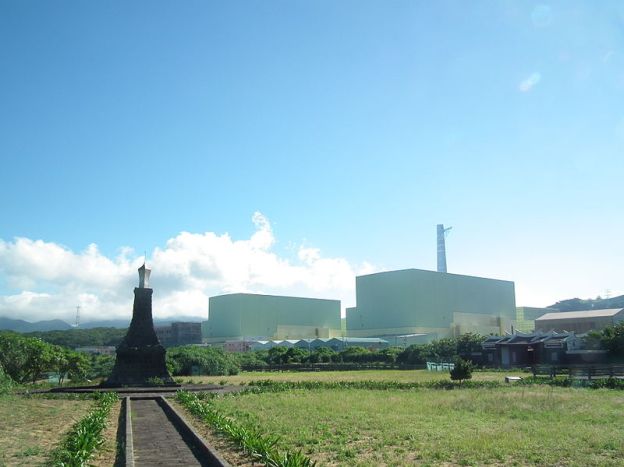In 2020, 132bn watts of new solar generating capacity were installed around the world; in many places solar panels are now by far the cheapest way to produce electricity. This transformation… was the result of a decisive shift in German government policy happening to coincide with China becoming the dominant force in global manufacturing.
By 2012 Germany had paid out more than €200bn in subsidies for solar energy production. It had also changed the world. Between 2004 and 2010 the global market for solar panels grew 30-fold as investors in Germany and the other countries which followed its lead piled in… By 2012 the price of a panel was a sixth what it had been in 2004, and it has gone on falling ever since… In sunny places new solar-power installations are significantly cheaper than generating electricity from fossil fuels. Installed capacity is now 776gw, more than 100 times what it was in 2004.
That does not mean Germany got exactly what it wanted. Solar power is not the decentralised, communal source of self-sufficient energy the Greens dreamed of; its provision is dominated by large industrial installations. And the panels on those installations are not made by the German companies the Social Democrats wanted to support: Chinese manufacturers trounced them…But they do provide the world with a zero-carbon energy source cheaper than fossil fuels, and there is room for many more of them…
The industry boasts no giants comparable to those in aircraft manufacture or pharmaceuticals, let alone computing; no solar company has a market capitalization of more than $10bn, and no solar CEO is in danger of being recognized on the street. It is a commodity business in which the commodity’s price moves in only one direction and everyone works on very thin margins. Good for the planet—but hardly a gold mine.
Excerpt from How governments spurred the rise of solar power, Economist Technology Quarterly, Jan 9, 2021

